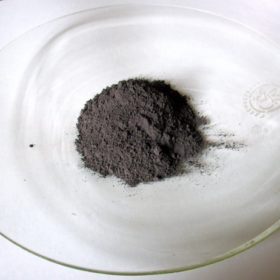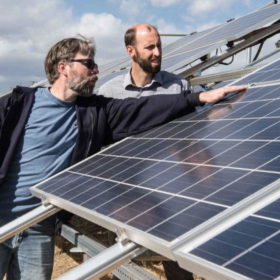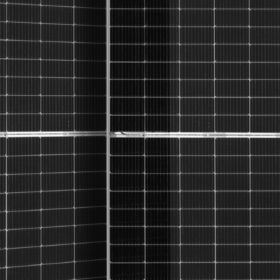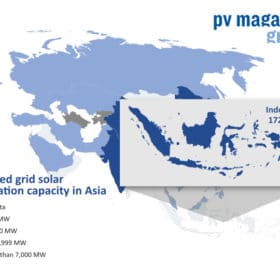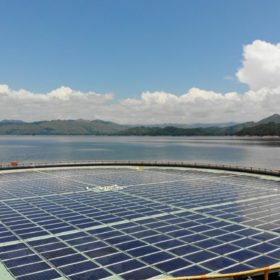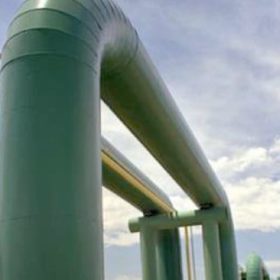Solaria unveils 430 W pure black residential solar panel
The new residential module of the U.S.-based manufacturer has a power conversion efficiency of 20.40%, a size of 1,076×1,957x35mm, and a weight of 21.3kg. The product is claimed to be compatible with next-generation, module-level power electronics.
Antimony trisulfide solar cell with 5.84% efficiency
The cell was fabricated by adding a special additive that improves the low crystallinity and high resistivity of the antimony trisulfide film. On top of the improved efficiency, the device showed an open-circuit voltage of 0.62 V, a short-circuit current density of 15.85 mA/cm2 and a fill factor of 59.61%.
How long do rooftop residential solar panels last?
Multiple factors affect the productive lifespan of a residential solar panel. In the first part of this series, we look at the solar panels themselves.
Stake in Greece’s distribution grid sells for €2.1bn
The state-owned electric utility has agreed to sell 49% of its shares in the grid. The sale is expected to boost the country’s transition to a greener and smarter energy system.
Keeping track of chlorine in perovskite stability
Scientists in Japan delved deep into the crystalline structure of a perovskite solar cell in order to understand how chlorine helps to improve the cells’ stability. By varying the concentration of chlorine in the material they were able to find an optimal level for increased stability, and open new doors on the way to understanding the specific role of chlorine and the mechanism behind the improvement.
JinkoSolar’s n-type TOPCon cell achieves 24.58% efficiency via hydrogenation treatment
The Chinese manufacturer and the University of New South Wales (UNSW) have improved the average cell efficiency by 0.68% through a post-cell hydrogenation process. The cell’s average open-circuit voltage increased by 7 mV from 696 to 703 mV, and the average fill factor from 82.03% to 83.07%.
Solar in uncommon spaces
With land-use concerns on the rise, large-scale solar projects are increasingly being built on everything from landfill sites to water reservoirs. Here’s an overview of the state of the art.
Regional strategy to turbocharge Indonesian solar
A roadmap to rapid carbon emission reduction has suggested the nation add 2.4 GW of generation capacity next year as part of a 15 GW new-solar target this decade. The claims of solar-plus-storage should be ignored for now, according to a new policy document, because batteries will make PV less competitive with coal.
The world’s first large scale hybrid hydro-floating solar power plant
A Norwegian consortium led by Scatec is planning to build a hybrid hydropower-floating PV plant at an unspecified location in West Africa. Building both facilities simultaneously will help its developers define a series of parameters for proper sizing, optimization and design, and set a benchmark for future projects of this kind.
The Hydrogen Stream: An electrolysis test field in Germany and a deal for 500 hydrogen-powered electric trucks
Enertrage and Sunfire want to build an electrolysis test field in eastern Germany and Hyzon Motors sold 500 hydrogen-powered electric trucks to Shanghai Hydrogen HongYun Automotive. Moreover, several partnership agreements were announced in Malaysia, Japan, the US, Australia and South Korea.

